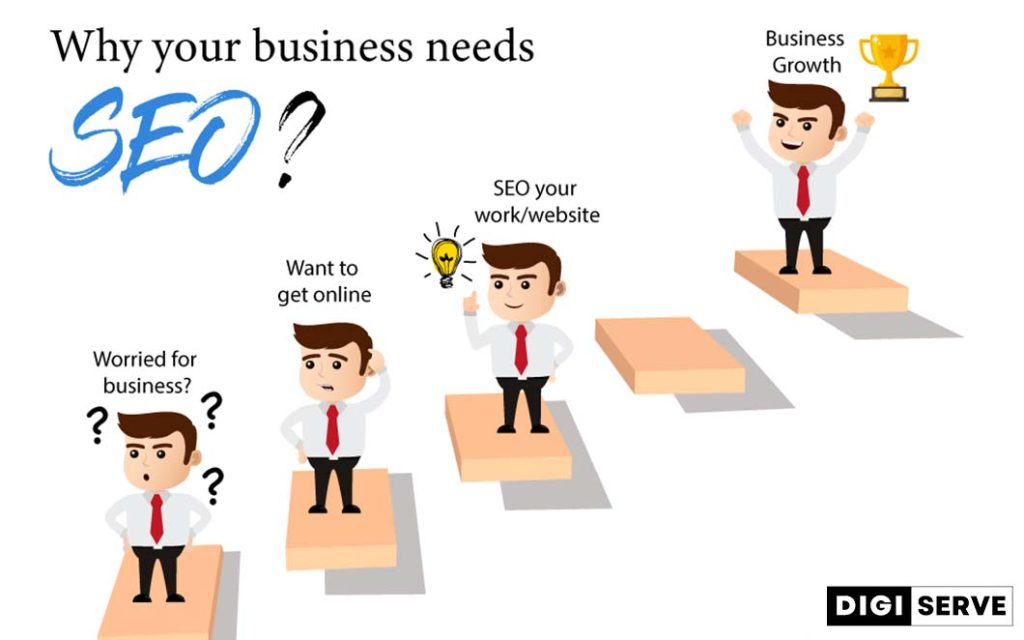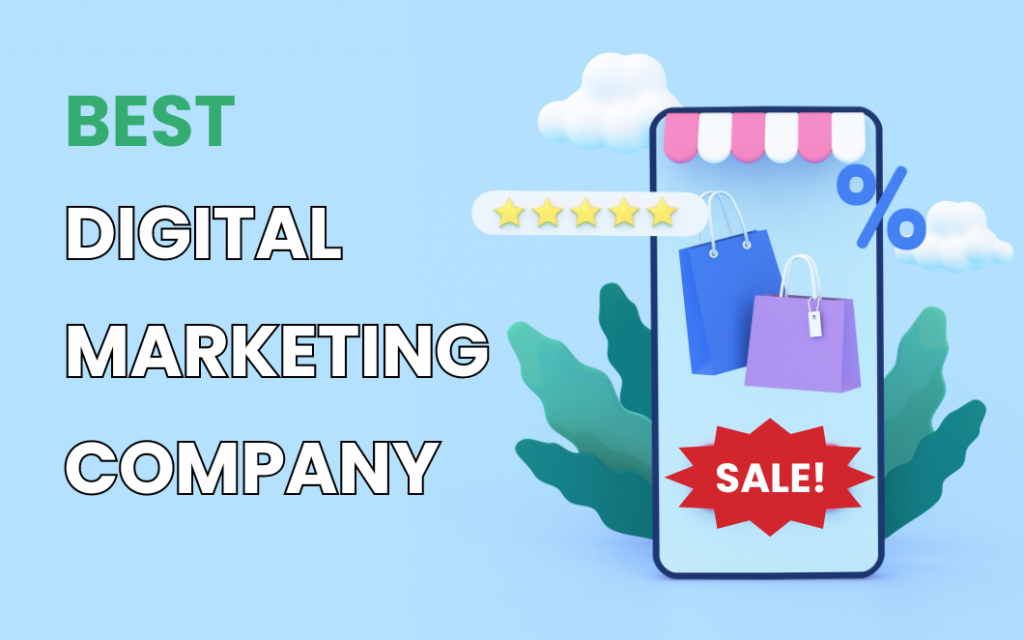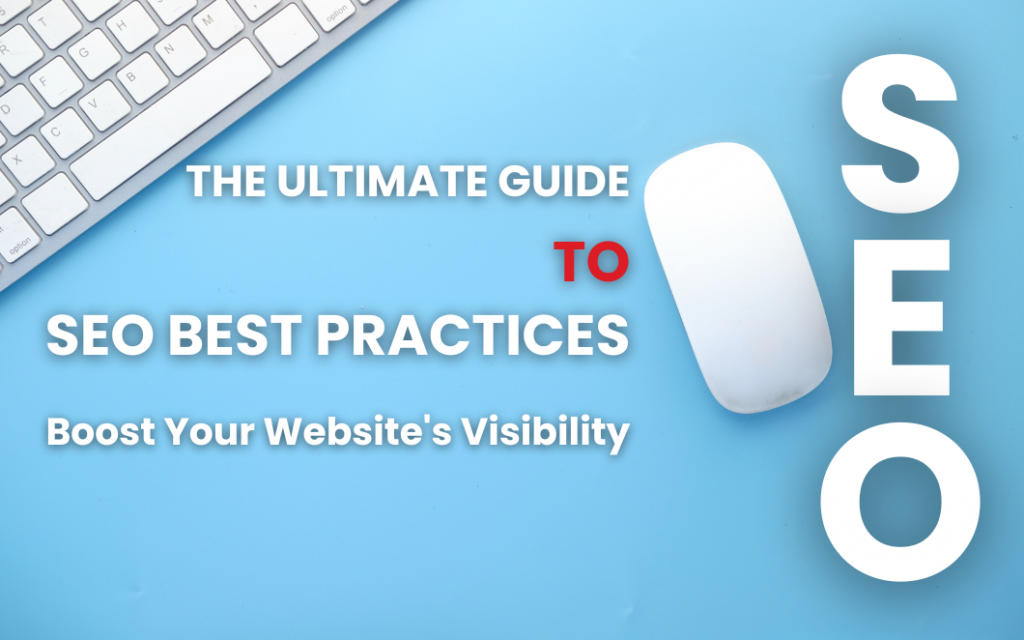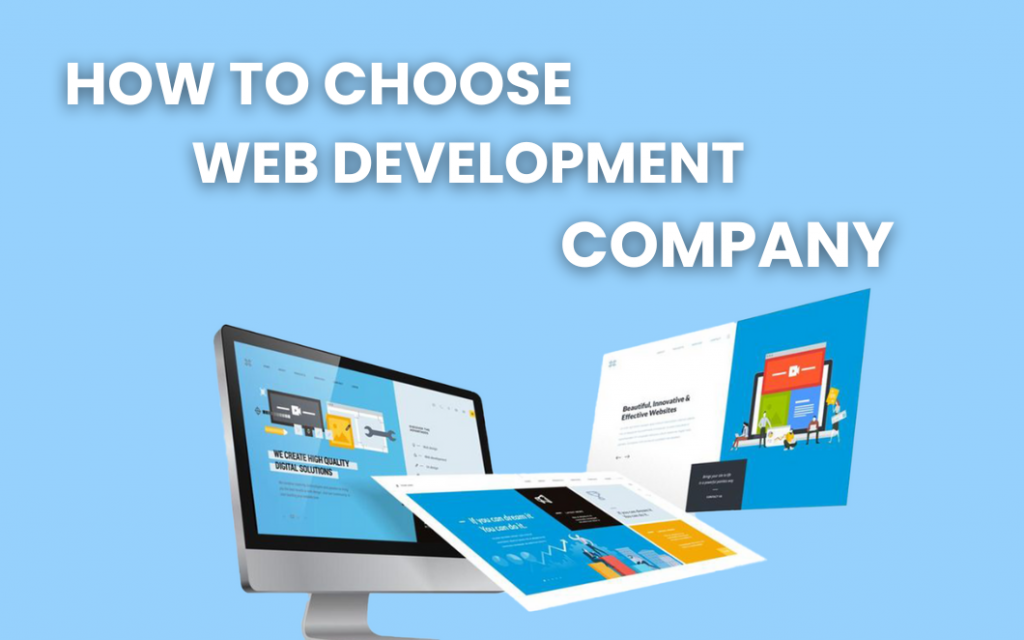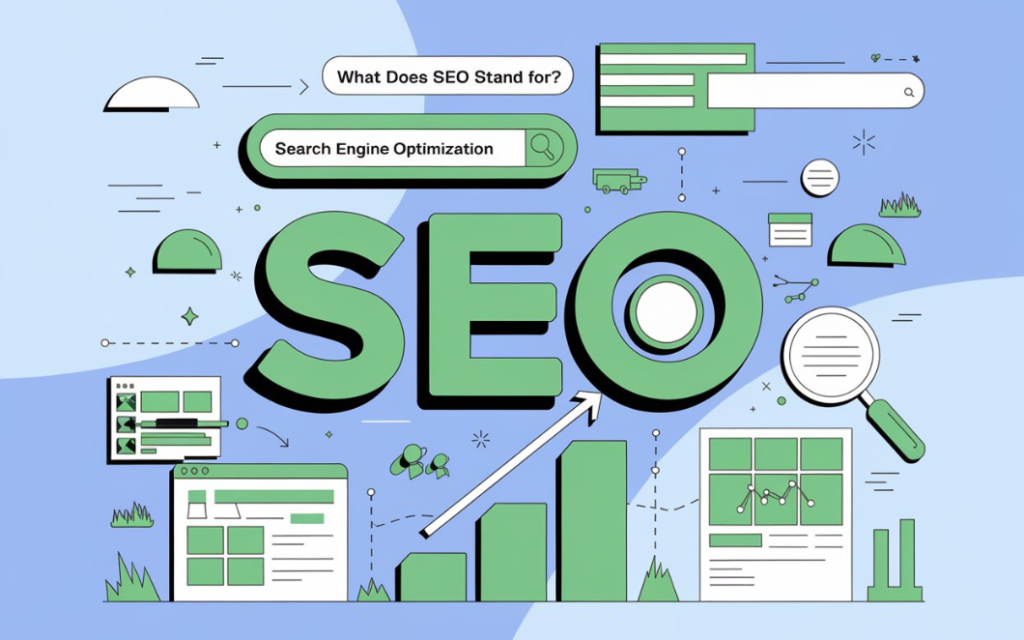
Table of Contents
ToggleWhat Does SEO Stand For and What Does SEO Mean?
Search Engine Optimization, or SEO, is a term you’ve probably heard if you’re involved in any aspect of online business or content creation. But what does it mean? Why is it important, and how can you use it? Let’s break it down into simple terms and explore the basics of SEO, its importance, and how you can implement it effectively.
What is SEO?
SEO stands for Search Engine Optimization. It is a process used to improve the visibility and ranking of a website or a web page in a search engine’s unpaid results—often referred to as “natural,” “organic,” or “earned” results. When someone types a query into a search engine like Google, the goal of SEO is to ensure that your site appears as high as possible in the results list.
The Basics of How SEO Works
Search engines use bots to crawl web pages, going from site to site, collecting information about those pages, and putting them in an index. Think of the index as a giant library where a librarian can pull up a web page to help you find exactly what you’re looking for at the time.
Next, algorithms analyze the pages in the index, considering hundreds of ranking factors or signals, to determine the order pages should appear in the search results for a given query. In our library analogy, the librarian has read every single book in the library and can tell you exactly which one will have the answers to your questions.
SEO is crucial because it makes your website more visible, and that means more traffic and more opportunities to convert prospects into customers. Here are some of the main benefits of SEO:
- Increased Visibility and Rankings: One of the most important functions of SEO is increasing visibility, which means making it easier for prospects to find you when they search for something you have to offer. Visibility is directly related to your ranking.
- Web Traffic: Increasing web traffic is one of the main goals of SEO. You increase traffic when you increase visibility and rankings. Consider this: the top position on a Google search gets nearly 32% of clicks, and moving up just one spot in search results can increase CTR (click through rate) by an amazing 30.8%.
- Trustworthy & Credible: The better your SEO score is, the higher you’ll rank on Google and other search engines. While ranking higher on Google is appealing to all brands because of increased visibility, a secondary benefit is the trust you gain with potential customers. Users tend to defer to the recommendations that a search engine generates, so having a higher position for the keywords a user is searching for will, in turn, solidify your product or service as trustworthy in the user’s mind.
- Better User Experience: A well-optimized site communicates what product or service is being offered, how to obtain it, and answers any questions surrounding it. By catering the site build to the user’s experience, search engines like Google and Bing are able to easily pull the information they need to then relay to users. If a user struggles to navigate your site, chances are that search engines do as well.
- Growth: In the end, the purpose of implementing SEO is to grow and increase your business’s visibility. The higher you rank on a search engine for a variety of high-volume keywords, the more organic (aka non-paid) web traffic your site will receive. It’s as simple as that.
How to Implement SEO
Now that we understand the basics of what SEO is and why it’s important, let’s delve into how you can implement it effectively.
Keyword Research
Keywords are the foundation of SEO. They are the terms and phrases that users type into search engines to find the content they’re looking for. To determine the best keywords for your content, you’ll need to perform keyword research. Here’s how you can do it:
- Brainstorm: Start by listing out topics related to your business. Think about what your potential customers might search for.
- Use Keyword Research Tools: Tools like Google Keyword Planner, Ahrefs, SEMrush, and Ubersuggest can help you identify which keywords are most relevant to your topics.
- Analyze Competitors: Look at the keywords your competitors are ranking for. This can give you insight into what works in your industry.
Focus on Long-Tail Keywords: These are longer, more specific keyword phrases. While they might get less search traffic, they usually have a higher conversion value as they are more specific.
On-Page SEO
On-page SEO refers to the practice of optimizing individual web pages in order to rank higher and earn more relevant traffic in search engines. Here are some on-page SEO techniques:
- Title Tags: The title tag is one of the most important on-page SEO factors. Each page should have a unique title that includes the primary keyword for that page.
- Meta Descriptions: These are the brief descriptions that appear below your page’s title in the search results. They should be compelling and include your keywords.
- Header Tags: Use headers (H1, H2, H3, etc.) to organize your content. The H1 tag should include your main keyword and be unique for each page.
- URL Structure: URLs should be clean and include keywords. For example, instead of “www.example.com/p123,” use “www.example.com/seo-basics”.
- Internal Linking: Link to other relevant pages on your site. This helps search engines understand your site structure and find all of your pages.
- Image Alt Text: Use keywords in the alt text for images. This helps search engines understand what the image is about and can help your site rank in image search results.
- Content Quality: Write high-quality content that provides value to your users. Your content should be original, and comprehensive, and include your target keywords naturally.
Off-Page SEO
Off-page SEO refers to actions taken outside of your website to impact your rankings within search engine results pages (SERPs). Here are some off-page SEO techniques:
- Backlinks: One of the most important off-page SEO factors is backlinks. Backlinks are links from other websites to your site. They act as votes of confidence for your content. Aim to get backlinks from reputable and relevant sites.
- Social Media Engagement: Share your content on social media platforms. This can drive traffic to your site and can indirectly help with your SEO efforts.
- Guest Blogging: Write articles for other blogs in your industry. This can help you get backlinks and reach a broader audience.
- Influencer Outreach: Collaborate with influencers in your industry to promote your content. This can help you reach a larger audience and gain more backlinks.
- Online Reviews: Encourage satisfied customers to leave positive reviews on platforms like Google My Business, Yelp, and industry-specific review sites.
Technical SEO
Technical SEO refers to optimizing your website for the crawling and indexing phase. Here are some key aspects of technical SEO:
- Site Speed: Ensure your site loads quickly. Use tools like Google PageSpeed Insights to identify areas for improvement.
- Mobile-Friendliness: Your site should be optimized for mobile devices. Google uses mobile-first indexing, meaning it primarily uses the mobile version of your site for ranking and indexing.
- Secure Sockets Layer (SSL): Ensure your site is secure by using HTTPS. This encrypts data between your website and its users.
- XML Sitemap: Create an XML sitemap to help search engines understand your site structure and find all of your pages.
- Robots.txt: Use a robots.txt file to control which pages search engines can and cannot crawl.
- Canonical Tags: Use canonical tags to prevent duplicate content issues. These tags tell search engines which version of a page is the original.
Monitoring and Analytics
To understand if your SEO efforts are working, you need to monitor your site’s performance. Here are some tools and metrics to focus on:
- Google Analytics: This tool provides insights into your site’s traffic, including where it’s coming from, how users are interacting with your site, and which pages are most popular.
- Google Search Console: This tool helps you monitor and maintain your site’s presence in Google search results. It provides insights into how Google views your site and can help you identify and fix issues.
- Keyword Rankings: Use tools like Ahrefs, SEMrush, and Moz to track how your keywords are ranking in search results.
- Backlink Analysis: Monitor your backlinks to ensure they are high-quality and relevant. Use tools like Ahrefs and Moz to track your backlink profile.
- Page Speed Insights: Regularly check your site’s speed using tools like Google PageSpeed Insights and make necessary improvements.
Conclusion
SEO is a powerful tool for improving your online visibility, driving more traffic to your site, and ultimately growing your business. By understanding the basics of SEO and implementing the strategies outlined in this post, you can create a strong foundation for your website and ensure it reaches the right audience.
Remember, SEO is not a one-time effort but an ongoing process. The search landscape is constantly evolving, so staying current with the latest trends and best practices is important. By continuously optimizing your site and providing valuable content to your users, you’ll be well on your way to achieving long-term success with SEO.
How Much Does SEO Cost in Australia?
How Much Does SEO Cost in Australia? SEO cost in...
Read MoreSEO for Gutter Cleaning Services: How to Get More Local Customers from Google
SEO for Gutter Cleaning Services: How to Get More Local...
Read MoreBest Web Design Company in Australia
Best Web Design Company in Australia If your website is...
Read MoreTraditional Marketing vs Digital Marketing: What’s the Difference?
Traditional Marketing vs Digital Marketing: What’s the Difference? In today’s...
Read More



